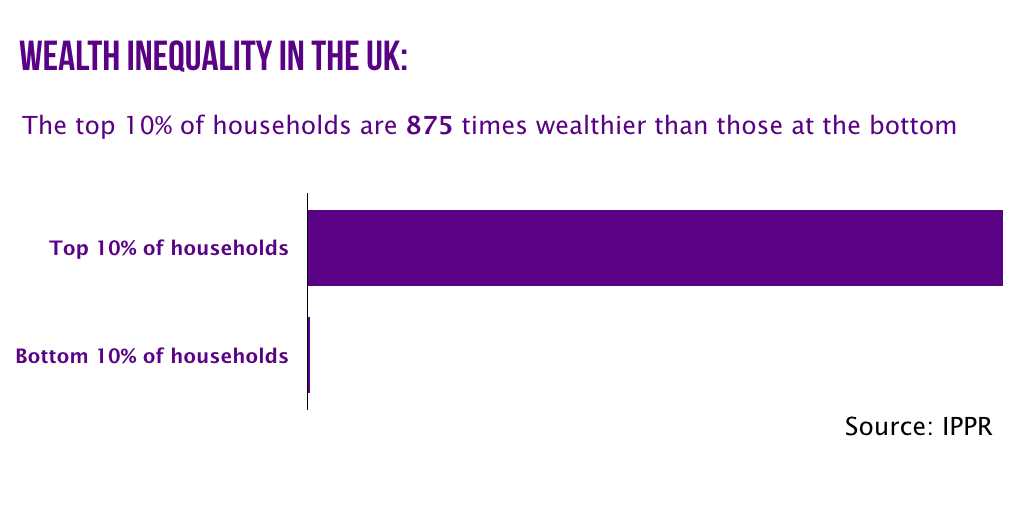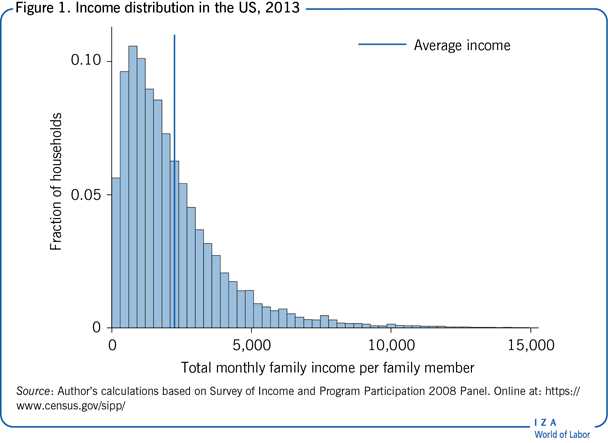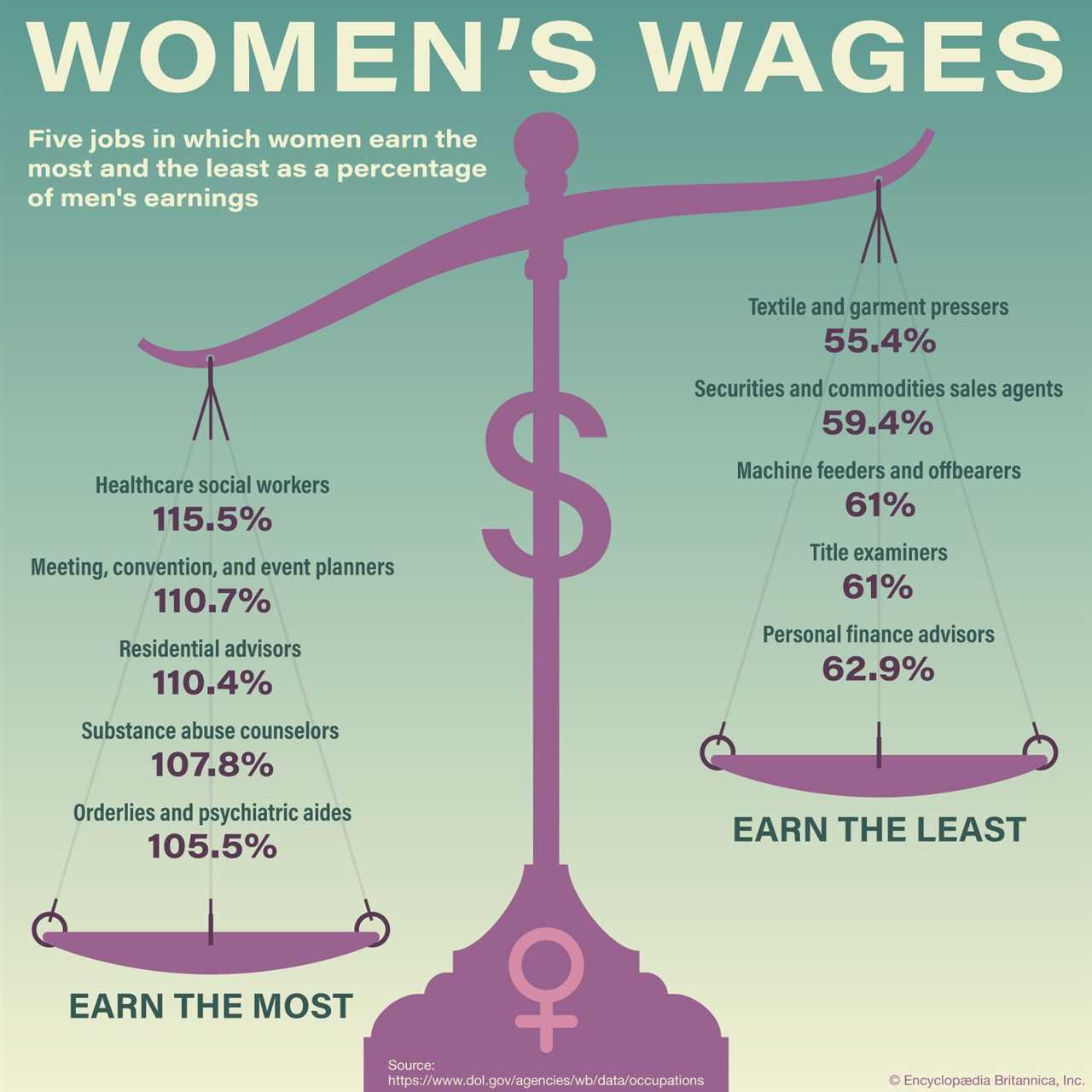Income Inequality: Definition, Examples, and Measurement
Income inequality refers to the unequal distribution of income among individuals or households within a society. It is a measure of the disparity in income levels and is often used as an indicator of economic inequality. Income inequality can be observed at various levels, including global, national, and regional.
There are several factors that contribute to income inequality. One of the main factors is the difference in wages and salaries between high-skilled and low-skilled workers. High-skilled workers, such as doctors and engineers, tend to earn higher incomes compared to low-skilled workers, such as janitors and factory workers. This wage gap can result in a significant income disparity within a society.
Another factor that contributes to income inequality is the unequal distribution of wealth. Wealthier individuals and households have access to more resources and opportunities, which can further increase their income levels. This can create a cycle of inequality, where the rich get richer and the poor get poorer.
Income inequality can have significant social and economic implications. It can lead to social unrest, as individuals and groups may feel marginalized and excluded from economic opportunities. It can also hinder economic growth, as a large wealth gap can limit consumer spending and investment. Additionally, income inequality can affect social mobility, making it harder for individuals from lower-income backgrounds to move up the economic ladder.
Causes of Income Inequality

There are several factors that contribute to income inequality. One of the main drivers is differences in educational attainment and skills. Individuals with higher levels of education and specialized skills tend to earn higher incomes compared to those with lower levels of education. This creates a gap in income levels between individuals with different educational backgrounds.
Another factor is the unequal distribution of wealth and assets. Individuals who have access to financial resources, such as property, investments, and inheritance, have the potential to generate additional income. This can further widen the gap between the rich and the poor.
The structure of the labor market also plays a role in income inequality. Globalization and technological advancements have led to changes in the demand for certain skills and occupations. This has resulted in a decline in the demand for low-skilled workers, leading to lower wages and income inequality.
Consequences of Income Inequality

Income inequality can have significant social and economic consequences. In societies with high levels of income inequality, there is often a lack of social mobility, meaning that individuals from lower-income backgrounds have limited opportunities to improve their economic status. This can lead to social unrest and dissatisfaction.
High levels of income inequality can also hinder economic growth. When a large portion of the population has limited purchasing power, it can dampen consumer demand and hinder economic activity. This can lead to slower economic growth and reduced opportunities for businesses.
Furthermore, income inequality can contribute to health and social problems. Studies have shown that individuals in lower-income brackets are more likely to experience poor health outcomes, have limited access to healthcare, and face higher levels of crime and violence.
Addressing Income Inequality
Addressing income inequality requires a multi-faceted approach. One of the key strategies is investing in education and skills development. By providing individuals with access to quality education and training programs, it can help bridge the gap in income levels and improve social mobility.
Another approach is to implement progressive taxation policies. This involves taxing higher-income individuals and redistributing the wealth to support lower-income individuals and provide them with essential services and opportunities.
Additionally, promoting inclusive economic policies, such as increasing the minimum wage and improving labor market regulations, can help reduce income inequality and ensure fairer income distribution.
Examples of Income Inequality
Income inequality refers to the unequal distribution of income among individuals or households within a society. It is a complex issue that can be influenced by various factors such as education, skills, occupation, and government policies. Here are some examples of income inequality:
- Wage Gap: One common example of income inequality is the wage gap between different occupations. For instance, CEOs and top executives often earn significantly higher salaries compared to workers in lower-skilled jobs such as janitors or fast food workers.
- Gender Pay Gap: Another example is the gender pay gap, which refers to the disparity in earnings between men and women. Studies have consistently shown that women tend to earn less than men for performing the same job or having similar qualifications.
- Regional Disparities: Income inequality can also be observed in regional disparities, where certain areas or regions have higher average incomes compared to others. This can be due to differences in economic development, job opportunities, or access to resources.
- Wealth Inequality: Income inequality is closely related to wealth inequality, which refers to the unequal distribution of assets and wealth among individuals or households. Wealthier individuals often have more opportunities for investments and financial growth, leading to further income disparities.
- Educational Divide: Income inequality can also be influenced by educational disparities. Individuals with higher levels of education tend to have better job prospects and higher incomes compared to those with lower levels of education.
Measuring Income Inequality

Measuring income inequality is a complex task that requires the use of various statistical measures and indicators. It involves analyzing the distribution of income among individuals or households within a given population.
Income inequality can also be measured using the Palma ratio, which compares the income of the top 10% of the population to the income of the bottom 40%. This ratio provides a different perspective on income inequality, focusing on the extremes of the income distribution.
Other measures of income inequality include the Theil index, which takes into account the distribution of income across all individuals or households, and the Atkinson index, which measures inequality while considering individuals’ preferences for income redistribution.
When measuring income inequality, it is important to consider not only the overall distribution of income but also the factors that contribute to inequality, such as education, occupation, and gender. These factors can affect individuals’ earning potential and contribute to income disparities.
Measuring income inequality allows policymakers and researchers to assess the extent of inequality within a society and identify potential areas for intervention. It provides valuable insights into the economic well-being of different segments of the population and can inform policies aimed at reducing inequality and promoting social mobility.
Implications of Income Inequality
Income inequality has far-reaching implications for individuals, societies, and economies. Here are some of the key implications of income inequality:
- Social unrest: High levels of income inequality can lead to social unrest and political instability. When a significant portion of the population feels marginalized and excluded from economic opportunities, it can result in protests, demonstrations, and even revolutions. This can disrupt social cohesion and create divisions within society.
- Health disparities: Income inequality is closely linked to health disparities. Studies have shown that individuals with lower incomes have poorer health outcomes compared to those with higher incomes. This can be attributed to limited access to healthcare, higher levels of stress, and unhealthy living conditions. The unequal distribution of resources and opportunities exacerbates these health disparities.
- Educational attainment: Income inequality can hinder educational attainment, particularly for individuals from lower-income backgrounds. Limited access to quality education and resources can perpetuate a cycle of poverty and inequality. This can further widen the income gap and limit social mobility.
- Economic growth: Income inequality can have negative effects on economic growth. When wealth is concentrated in the hands of a few, it limits consumer spending and investment, which are key drivers of economic growth. Additionally, income inequality can lead to a mismatch between the skills of the workforce and the demands of the economy, hindering productivity and innovation.
- Political influence: High levels of income inequality can result in unequal political influence. Wealthy individuals and corporations may have greater access to political power and resources, influencing policy decisions in their favor. This can undermine democratic processes and lead to policies that further perpetuate income inequality.
- Social mobility: Income inequality can impede social mobility, making it harder for individuals to move up the socioeconomic ladder. Limited access to opportunities and resources can create barriers to upward mobility, trapping individuals and families in poverty. This can have long-term consequences for social cohesion and economic stability.
Addressing income inequality requires a comprehensive approach that includes policies aimed at reducing poverty, improving access to education and healthcare, promoting inclusive economic growth, and ensuring a fair distribution of resources and opportunities. By addressing the implications of income inequality, societies can work towards creating a more equitable and sustainable future.

Emily Bibb simplifies finance through bestselling books and articles, bridging complex concepts for everyday understanding. Engaging audiences via social media, she shares insights for financial success. Active in seminars and philanthropy, Bibb aims to create a more financially informed society, driven by her passion for empowering others.
